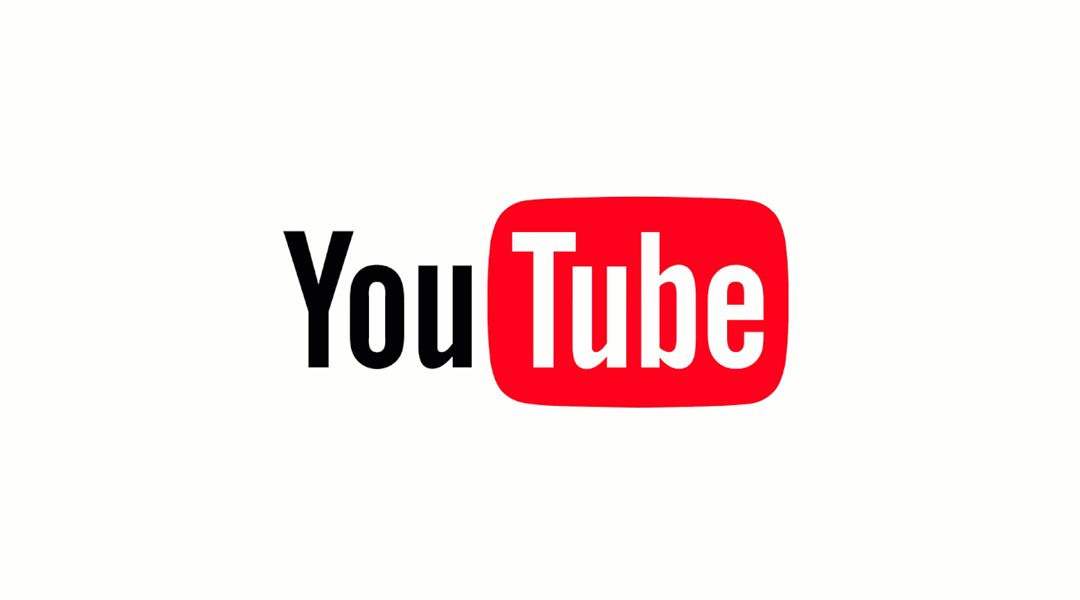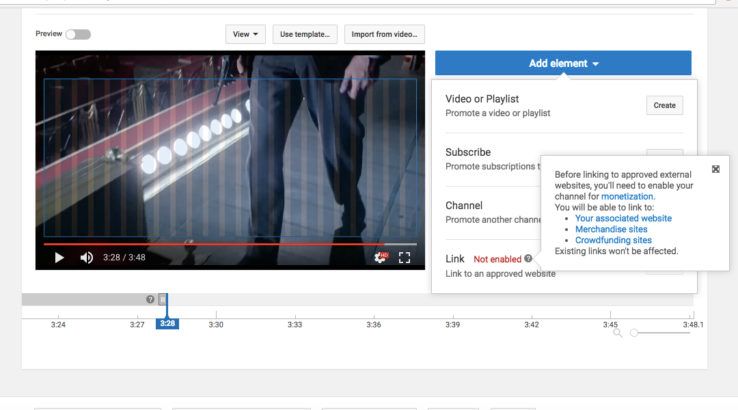UPDATE: The following article has been updated with comments from YouTube on the issue.
There has been friction between YouTube and its content creators for several months now, with many critical over the way in which videos have been demonetized over content that is not advertiser-friendly, with Call of Duty video makers heavily affected. Some creators have since turned to crowdfunding sites such as Patreon for a more stable income, but many grew concerned that YouTube was making it more difficult for YouTubers to promote these pages.
In the last couple of days, YouTube creators discovered that they were unable to link to their Patreon pages as part of the endslate editing process - or any other external links - unless they had monetization enabled on their videos. This meant that, in order to be able to share a link to their Patreon at the end of a video, the creator in question would have to enable advertisements.
"Before linking to approved external websites, you'll need to enable your channel for monetization," states the prompt on the edit page. After enabling monetization, YouTubers will be able to link to their own associated website, merchandise sites, and crowdfunding sites such as Patreon, JustGiving, and Kickstarter. Here's a look at the prompt in action on a video.
This immediately caused concerns for many, with some worried that a demonetization strike after ads were enabled would remove the ability to add an external link to the video. A YouTube representative has since clarified the issue, stating that to use externally-linking endslate cards in videos, users are being asked to join the YouTube Partner Program. This move has been put in place by YouTube as an attempt to make sure that channels meet community guidelines, aiming to curb abuse of YouTube as a whole.
Once a channel has been approved for the YouTube Partner Program, and the company has confirmed that the channel does not violate the terms of service, this requirement for monetization is then removed, and the user in question can then link on the endslate to external sites accordingly regardless of whether they choose to allow ads or not. It's worth pointing out that, at the moment, a pre-existing requirement to join the YouTube Partner Program is receiving 10,000 views across all videos, so smaller or younger channels will still have to keep aiming for that milestone.
Many YouTube creators feared the worst when they realised that changes had taken place, particularly after the raised tensions of waiting to see what will happen after the latest PewDiePie controversy. Thankfully, the move was not as bad as initially feared, but that confusion over the changes that initially took hold has put many on edge.


